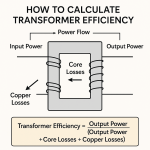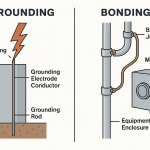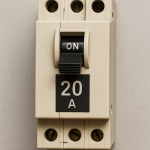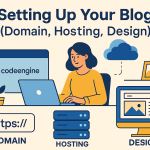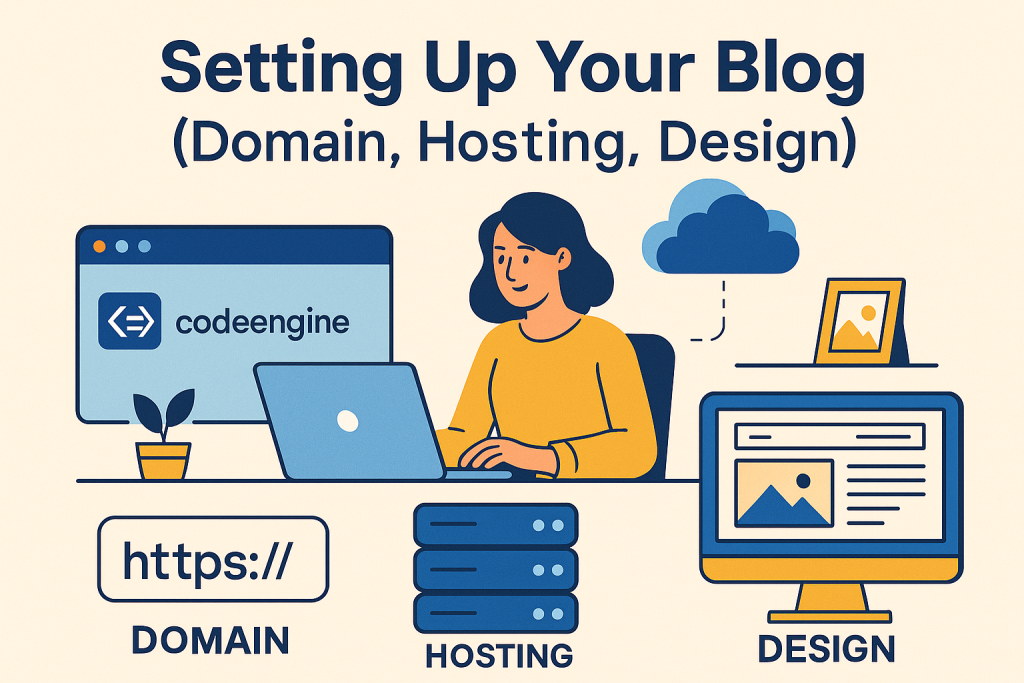
Setting up your blog is one of the most exciting steps in your online journey. Whether you dream of sharing your passion, building a side hustle, or creating a full-time business, your blog’s foundation—domain, hosting, and design—matters more than most realize.
Let’s walk through this step-by-step, blending real experience with practical advice, so you can start strong and avoid common pitfalls.
The Power of Owning Your Domain
A domain name is more than an address—it’s your brand’s first handshake with the world. Owning your domain establishes credibility, makes your blog memorable, and protects your identity online. Think of it as owning your digital real estate rather than renting on social platforms.
In my experience, investing in a domain right away helps solidify your blogging goals. It turns an idea into something tangible, giving you a name people can search, recommend, and remember.
How to Choose the Perfect Domain Name
Choosing the right domain isn’t about being overly clever; it’s about clarity and recall. Here’s what works:
- Keep it under 15 characters if possible.
- Avoid numbers and hyphens—they confuse readers.
- Make sure it’s easy to pronounce and spell.
- Reflect your niche or unique angle.
For instance, “TheSmartWallet.com” is simple, catchy, and instantly signals its topic.
Keep It Short & Brandable
Why does brevity matter? Short domains are easier to type, fit better on business cards, and look cleaner in social profiles. Brandable names, meanwhile, stick in the mind and invite curiosity.
Think Google, Twitter, or Etsy—names that don’t describe literally but still stand out.
.com vs .net vs .blog: Which to Choose?
Even today, .com is king. It’s trusted, familiar, and often the first thing people type by instinct. While .net and .blog can work, they rarely carry the same authority. If your .com choice isn’t available, consider creative phrasing or adding a short word rather than switching extensions.
Where to Buy Your Domain
Stick to reputable registrars like:
- Namecheap
- GoDaddy
- Google Domains
- Bluehost (often bundled with hosting)
They offer competitive pricing, support, and easy integration with hosting.
Buying a Domain Name: Step by Step
- Search for availability on your chosen registrar.
- Choose privacy protection (worth it to hide personal data).
- Register for at least 1–2 years (multi-year often saves money).
- Keep login details safe.
This step takes minutes but anchors your online presence.
The Role of Hosting in Blogging Success
Hosting isn’t just where your blog “lives.” It affects:
- Page speed (faster sites rank better)
- Uptime (avoiding costly downtime)
- Security (protecting your data and visitors)
A good host makes your blogging life smoother and your visitors happier.
Top Hosting Providers for Bloggers
Some blogger-friendly options:
| Host | Key Features | Starting Price |
|---|---|---|
| Bluehost | Free domain, 1-click WordPress, beginner-friendly | ~$3/mo |
| SiteGround | Faster servers, excellent support | ~$5/mo |
| WP Engine | Managed WordPress hosting | ~$20/mo |
Choose based on your budget, tech skills, and growth plans.
Step-by-Step: Install WordPress Easily
Most hosts now offer “1-click install.” Here’s what usually happens:
- Log into your hosting dashboard.
- Find “Install WordPress” or similar.
- Choose your domain and follow prompts.
- Log into WordPress via yourdomain.com/wp-admin.
That’s it—you’re ready to design!
Understanding WordPress Basics
At first glance, WordPress might look complex, but you’ll soon get the hang of:
- Dashboard: Your control center.
- Posts: Regular updates like blog articles.
- Pages: Static content (About, Contact).
- Plugins & Themes: Customization tools.
Spend an hour exploring, and it becomes second nature.
Choosing the Right Theme
Your theme controls your blog’s look and feel. Key factors:
- Mobile responsiveness (Google ranks mobile-first)
- Speed (lightweight themes load faster)
- Customizability (colors, fonts, layouts)
A clean, professional theme helps you look trustworthy from day one.
Best Blog Themes: Divi, Astra, GeneratePress
These themes stand out for bloggers because they are:
- Fast-loading
- Highly customizable
- Regularly updated
- Supported by large communities
Divi offers a drag-and-drop builder. Astra is lightweight and works well with page builders. GeneratePress is minimalist and extremely fast.
Mobile-First Design: Why It Matters
More than half of internet traffic now comes from mobile. Google’s algorithm even ranks based on mobile performance first. So, test your site on phones and tablets. A clunky mobile experience can sink your rankings and scare away readers.
Customizing Your Blog Design
Make your blog unique:
- Choose brand colors that fit your niche.
- Use readable fonts.
- Add a logo (even a simple text logo to start).
- Design consistent headers, buttons, and calls to action.
These tweaks build brand recognition and boost user trust.
Essential Plugins to Start With
Plugins add features without coding. To start, you’ll need:
- SEO: Rank Math or Yoast SEO to improve search rankings.
- Security: Wordfence to block attacks.
- Speed: WP Rocket for caching.
- Backups: UpdraftPlus to save copies of your site.
Install, activate, and configure each based on your needs.
Rank Math vs. Yoast SEO: Which to Pick?
Both help optimize posts, generate sitemaps, and handle meta tags. Rank Math is newer, offers more free features, and has an intuitive interface. Yoast SEO is time-tested, widely documented, and beginner-friendly.
Try both and see which fits your workflow.
Boosting Site Security with Wordfence
Wordfence protects your site by:
- Blocking suspicious IPs
- Scanning for malware
- Limiting login attempts
A hacked blog can destroy trust. Installing security early is easier than cleaning up later.
Speeding Up Your Blog with WP Rocket
WP Rocket caches your site, making it faster to load. Faster blogs:
- Rank higher in Google
- Reduce bounce rates
- Improve user experience
It’s one of the few plugins worth paying for from day one.
Backing Up Your Blog with UpdraftPlus
Mistakes, hacks, or server failures happen. UpdraftPlus automatically saves your site to Google Drive, Dropbox, or other cloud storage. With backups, restoring takes minutes—not weeks.
Creating Content That Resonates
At the heart of blogging is content. Know your audience, write clearly, and always aim to solve problems or spark interest. Original photos, honest opinions, and storytelling keep readers coming back.
Building an Engaged Audience
Traffic is good; community is better. Encourage comments, reply genuinely, and build an email list early. Consider Facebook groups, newsletters, or even live Q&As.
Maintaining and Updating Your Blog
Regular updates keep your site secure, improve speed, and show Google you’re active. Schedule time weekly to check plugins, update themes, and review analytics.
Final Thoughts on Setting Up Your Blog
Setting up your blog (domain, hosting, design) isn’t just tech—it’s the foundation for your voice online. Start simple, stay consistent, and always learn. Your unique perspective is what makes your blog worth reading.
Setting Up Your Blog
Setting up your blog blends art and strategy. It begins with a brandable domain, a reliable host, a clean WordPress theme, and essential plugins for SEO, security, and speed. Beyond tools, it’s about creating something uniquely yours—a platform to share, teach, and connect.
FAQs
How much does it cost to set up a blog?
Expect to spend around $50–$100 your first year on domain and hosting. Premium themes or plugins can add more.
Is WordPress really free?
Yes, WordPress software is free. You still pay for domain and hosting.
Do I need coding skills to blog?
Not at all! Themes and plugins handle most design and features.
What’s better: free hosting or paid?
Paid hosting is faster, safer, and lets you use your own domain. Free hosting often shows ads and has limits.
How long until my blog gets traffic?
With good content and SEO, you might see traffic in 3–6 months. It takes consistency.
Can I change my theme later?
Absolutely. Just remember to test design and layout afterward.
Conclusion
Setting up your blog is less about perfection and more about starting. Buy that domain, choose hosting, install WordPress, and pick a clean theme. Add essential plugins, create great content, and keep learning. Before you know it, your blog won’t just be online—it’ll be alive.
- Best Blogging Niches
- How to Write SEO-Friendly Posts
- Beginner’s Guide to WordPress.
- WordPress.org
- Rank Math,
- Yoast,
- WP Rocket,
- UpdraftPlus
- Bluehost
- SiteGround.


